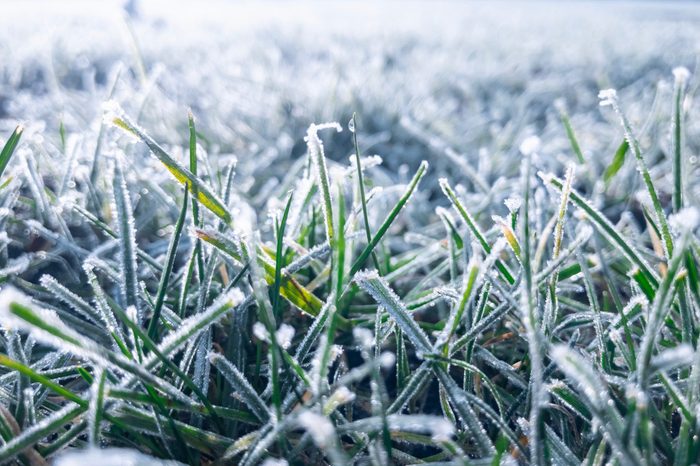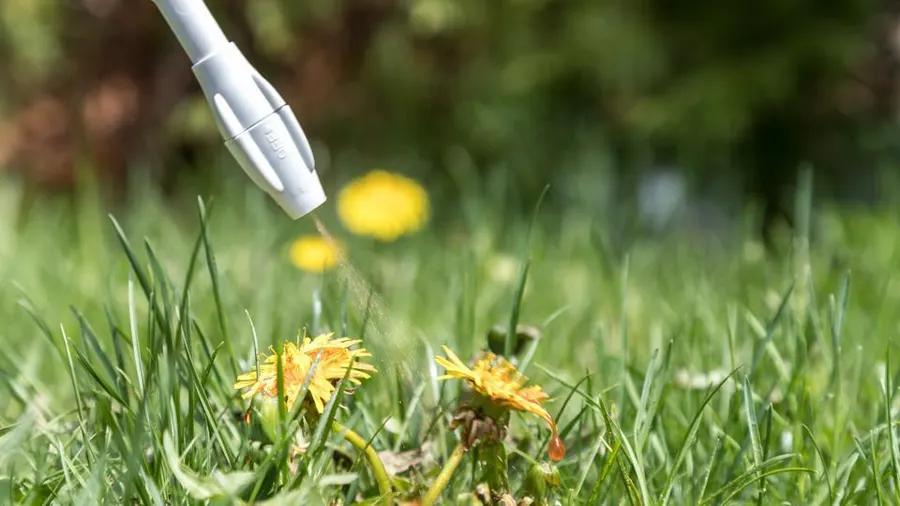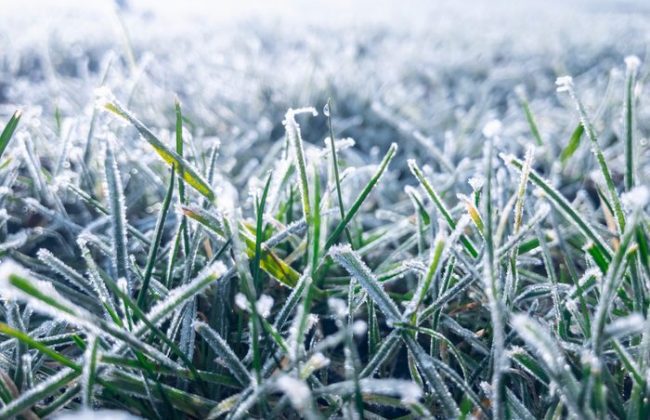Maintaining a lush, green lawn can be a rewarding experience, but knowing when and why to start growing one can be challenging. This blog will look at common guidelines for beginners or experienced gardeners looking for help when starting or stopping their lawn growth efforts.
Timing Is Everything: When to Plant Your Lawn
Timing is everything when it comes to growing a lawn. The right time and date could make the difference between lush growth and patchiness. The optimal planting time depends on both your preferred grass variety and local climate conditions.
Cool-Season Grasses
Fall is the time for planting cool-season grasses like Kentucky bluegrass or fescue in cooler climates. Cooler temperatures and abundant rainfall offer ideal conditions for seed germination and establishment. Trying this in late spring or summer would likely prove unsuccessful.
Warm-Season Grasses
When growing warm-season grasses like Bermuda or Zoysia in warmer regions, late spring to early summer should be your focus for your lawn-growing efforts. Like beachgoers soaking up sun rays at an outdoor picnic on July 4th, warm season grasses thrive under direct sunlight. Plant them at any other time than this and risk failure.
When Not to Grow a Lawn

Timing doesn’t just depend on temperature and weather conditions. There are other factors that could scupper your lawn-growing efforts as well. Be mindful of these conditions when making the decision whether to sow seeds.
During Drought Conditions
It would be like asking a goldfish to run an Olympic marathon: not likely. Insufficient water supplies can hinder seed germination and stress young plants, often leading to failure. Patience should be practiced during times of drought. Wait for Mother Nature to provide relief in the form of rainfall before beginning your lawn-growing journey.
When Soil Quality is Poor
Growing a lawn on poor soil quality is destined to end in disappointment. If your soil is compacted or lacking key nutrients, take time before planting to improve it through soil testing, aeration, and adding compost or fertilizers. All these techniques could transform barren landscapes into lush gardens full of vibrant life.
Extreme Weather Conditions
Extreme weather conditions should also be taken into account when considering lawn care. Sweltering summer heat waves can scorch young grass seedlings, while planting during freezing winter temperatures is similarly fruitless. Your lawn would appreciate having more hospitable conditions in which its roots can flourish.
Pest and Weed Control

Maintaining a healthy yard requires keeping an eye out for weeds and lawn pests. Act quickly when dealing with weeds by either manually pulling them or applying appropriate herbicides. Monitoring for insects using eco-friendly insect control methods will prevent damage to your grass without harming beneficial organisms. Check regularly for common lawn fungi and diseases to address them promptly as well.
Conclusion
Achieving an impressive lawn requires patience and planning. Understanding when it is best to plant, depending on grass type and environmental conditions, is crucial in creating that lush emerald-green carpet of grass. Avoid planting during extreme weather conditions, periods of drought and when soil quality is inadequate. With proper patience and planning behind you, your lawn could soon become the envy of the neighborhood.

